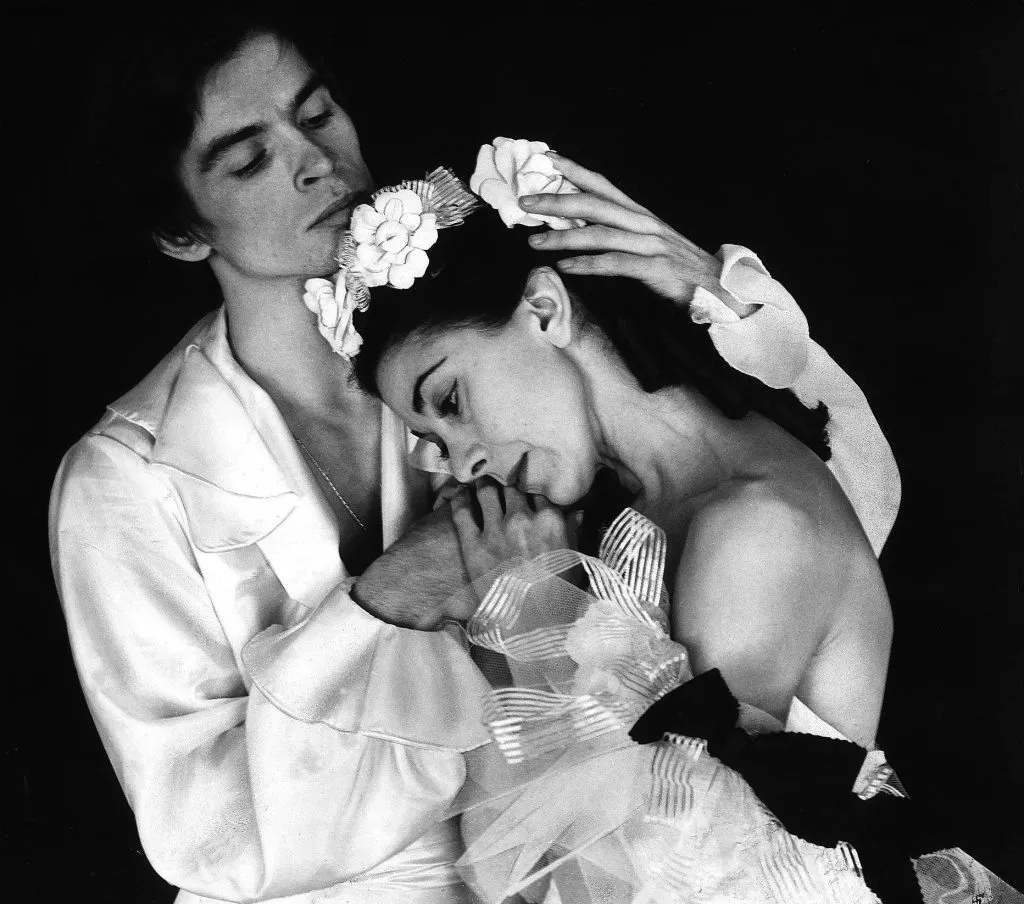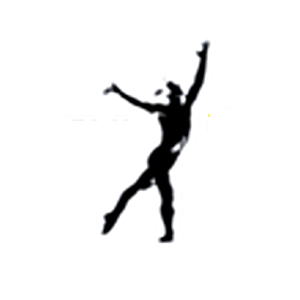Rudolf Nureyev (born March 17, 1938, Irkutsk, Russia, U.S.S.R.—died January 6, 1993, Paris, France).
Rudolf Nureyev was a distinguished ballet dancer originating from the Soviet Union, renowned for his exceptional suspended leaps and swift, precise turns, often likened to the iconic and groundbreaking performances of Vaslav Nijinsky. Nureyev was not only a captivating performer with extraordinary stage presence but also a charismatic figure who played a pivotal role in revitalizing the male ballet roles within the art form and significantly expanding ballet’s audience, making it more appealing to a wider demographic.
Of Tatar descent, Nureyev spent his formative years in Ufa, the capital of the Bashkir Autonomous Soviet Socialist Republic (currently known as Bashkortostan, Russia). He commenced his ballet training at the young age of 11, showing great promise, and left formal education at the age of 15 to sustain himself through dance, driven by his passion for the art. At the age of 17, he confidently enrolled in the Leningrad Ballet School under the esteemed tutelage of Aleksandr Pushkin. As a student, he not only demonstrated remarkable talent but also exhibited a rebellious spirit; notably, he declined to join the Komsomol (the Communist youth organization), violated curfew rules set in place, and undertook private English studies, showing an early inclination towards seeking knowledge beyond the confines of his training.
After graduating in 1958, he became a principal soloist with the prestigious Leningrad (now St. Petersburg) Kirov (currently known as the Mariinsky) Ballet, where he had the opportunity to dance leading roles alongside his fellow dancers with its widely touring ballet company. While in Paris with the Kirov Ballet in June of 1961, Nureyev remarkably eluded the watchful eyes of Soviet security personnel at the airport and boldly requested political asylum in France. He later recounted that the rigidly controlled and organized Soviet ballet system had severely limited his opportunities to not only dance frequently but also to showcase his talent in a diverse array of roles.
Following his defection from the U.S.S.R., he went on to dance with the esteemed Grand Ballet du Marquis de Cuevas, where his artistry was significantly magnified and cultivated. In 1962, he made a significant and memorable American debut, captivating audiences by making appearances both on American television and with the renowned Ruth Page’s Chicago Opera Ballet. The performance was met with widespread acclaim and enthusiasm from both critics and audiences alike. Later on in that same transformative year, he joined the prestigious Royal Ballet in London as a permanent guest artist, which provided him with the invaluable flexibility to showcase his incredible range of talents across different platforms. However, he never fully became a member of any single major dance troupe in the West, as he preferred the artistic freedom to work with various esteemed dance companies on a temporary contractual basis, thus enriching his vast and diverse repertoire even further.
Nureyev became widely recognized and celebrated as Dame Margot Fonteyn’s favourite partner in the world of ballet. Dancing alongside her, he passionately interpreted pivotal roles such as Albrecht in Giselle, the romantic Armand in both Marguerite and Armand, and the iconic Prince Siegfried in the beloved ballet Swan Lake. His exceptional talent made him a sought-after guest artist in a multitude of prestigious dance companies, both large and small, all throughout the globe. His artistic versatility also shone through in his work as a choreographer. In 1964, he reimagined and reworked the classic Swan Lake for the Vienna production, making a bold creative choice to give the dominant role to the male dancer, thereby altering the traditional narrative. His interpretation of Sergey Prokofiev’s timeless Romeo and Juliet, staged in 1977, was produced by the renowned London Festival Ballet, which is now known as the English National Ballet. Additionally, his powerful and imaginative piece Manfred debuted in 1979 with the esteemed Paris Opéra Ballet, showcasing his deep understanding of the dance form. In 1980, Nureyev brought a fresh perspective to the beloved classic The Nutcracker for the Berlin Ballet, captivating audiences with his unique vision. The following year, in 1981, as interest in dance surged in Italy, Nureyev staged his remarkable version of Romeo and Juliet at the illustrious La Scala, featuring the incomparable Fonteyn in the role of Lady Capulet. Not only did Nureyev excel in classical ballet, but his artistic capabilities also extended seamlessly into modern repertoires. He captivated audiences in groundbreaking works by dance icons such as Martha Graham, Murray Louis, and Paul Taylor. Notably, Graham specially created the role of Lucifer in her 1975 production for him, recognizing his extraordinary talent and stage presence. Furthermore, in 1978, Nureyev made a significant mark by appearing in the American premieres of Canarsie Venus and Vivace, works that were choreographed specifically for him by Louis, illustrating his importance and influence in the contemporary dance scene.
His engaging autobiography, titled Nureyev, was made available to the public in the year 1962, offering a deep insight into his extraordinary life and career. In 1973, he took on the ambitious role of codirector, alongside the talented Robert Helpmann, and also featured prominently as the lead performer in a stunning filmed version of the classic tale Don Quixote. Furthermore, he expanded his artistic reach by taking on notable acting roles in the films Valentino, which was released in 1977, and Exposed, which came out in 1983, showcasing his versatility and passion for the performing arts.
Nureyev became an Austrian citizen in 1982, a significant step in his personal and professional journey. From 1983 to 1989, he took on the prestigious role of artistic director of the Paris Opéra Ballet, a period during which he made substantial contributions that greatly influenced the company’s repertoire and artistic vision. Even as his health declined due to AIDS-related complications, he remained dedicated to his passion for dance and continued to choreograph innovative works for both the American Ballet Theatre and the Paris Opéra Ballet. His remarkable talent and unwavering commitment to the art form shone through in every piece he created. Sadly, he passed away in 1993 at the age of 54, leaving behind a lasting legacy that continues to inspire dancers and choreographers around the world.
¯`·.¸¸.·´¯`·.¸¸.->𝕻𝖔𝖊𝖙𝖎𝖈𝖆 𝖎𝖓 𝖒𝖔𝖙𝖚<-.¸¸.·´¯`·.¸¸.·´¯
𝕾𝖔𝖓𝖓𝖊𝖙 LV 𝕹𝖔𝖙 𝖒𝖆𝖗𝖇𝖑𝖊 𝖓𝖔𝖗 𝖙𝖍𝖊 𝖌𝖎𝖑𝖉𝖊𝖉 𝖒𝖔𝖓𝖚𝖒𝖊𝖓𝖙𝖘
𝕭𝖞 𝖂𝖎𝖑𝖑𝖎𝖆𝖒 𝕾𝖍𝖆𝖐𝖊𝖘𝖕𝖊𝖆𝖗𝖊
Foreword
Sonnet 55 is interpreted as a profound reflection on the enduring themes of time and immortality. In this poignant piece, the poet boldly asserts that this particular verse will triumphantly endure beyond the ephemeral existence of palaces and grand cities, which are often subject to the ravages of time and the inevitability of decay. In doing so, the poet promises to preserve the admirable qualities and virtues of the young man, ensuring that they live on in memory and spirit until the time of the Last Judgment, when all shall be revealed and accounted for.
Sonnet 55 — Reimagined by Cy
Neither marble nor the ornate monuments
Erected by princes shall surpass the enduring power of this verse,
For you shall illuminate these words
More brilliantly than neglected stone tarnished by the passage of time.
When devastating conflicts shall cause statues to fall,
And disputes obliterate the labor of craftsmanship,
Neither the sword of Mars nor the fervor of war shall diminish
The living testament of your legacy.
Against death and the forces of oblivion
Shall you advance; your commendation shall continually find its place
Even in the gaze of future generations
Who will endure until the conclusion of time.
Thus, until the Judgement Day when you shall rise,
You shall persist in this, and reside in the hearts of admirers.


